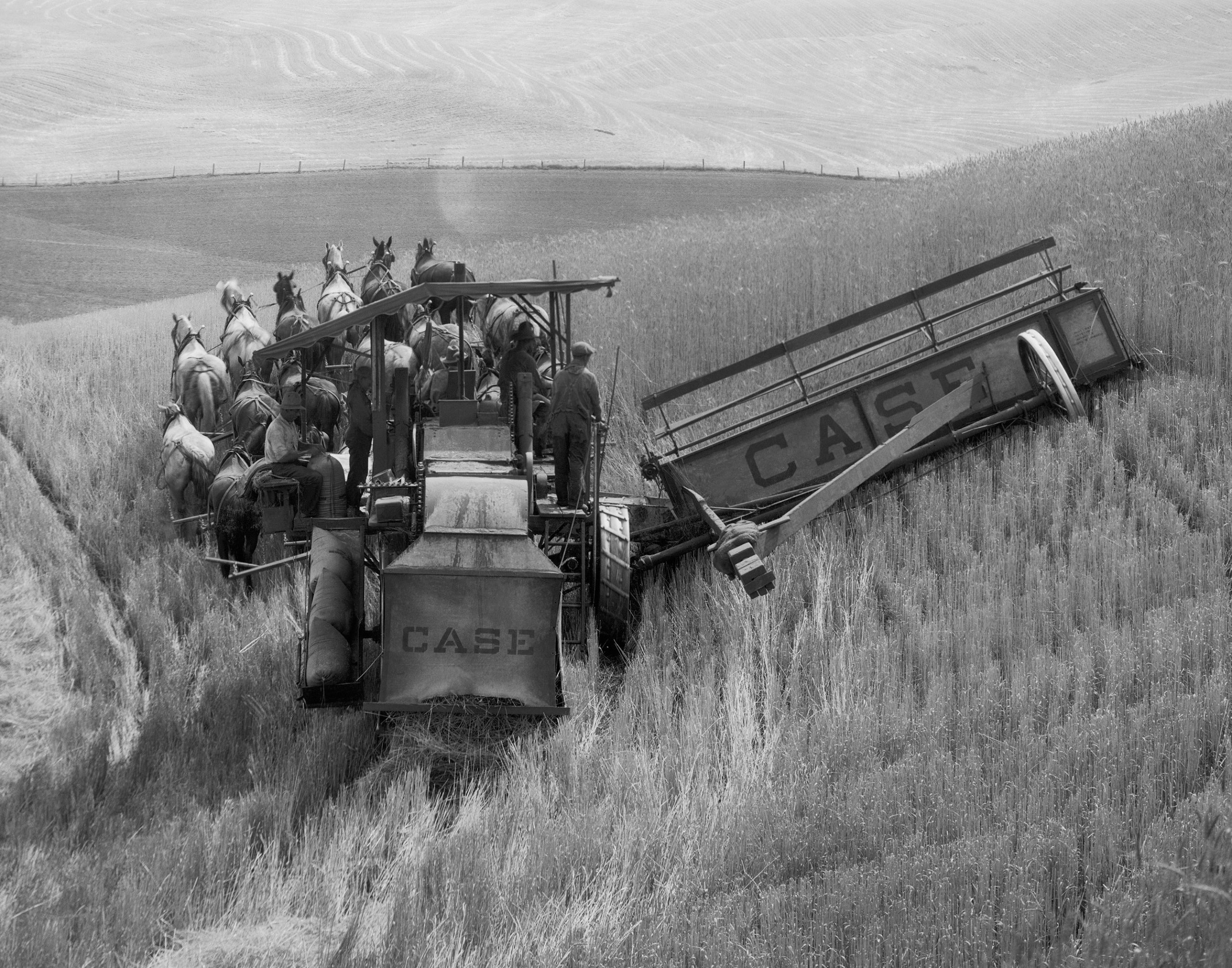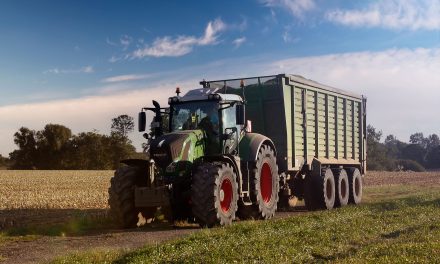175 YEARS SERVING AGRICULTURE
This year marks the 175th anniversary of the foundation of the business that has become today’s Case IH.
In 1842, in the US town of Racine, Wisconsin, where the worldwide headquarters of the Case IH agricultural business remains today, Jerome Increase Case founded his eponymous farm equipment company. Having worked extensively with farm equipment, Jerome Case founded his Racine Threshing Machine Works on the shores of the Root river. His philosophy was that every piece of equipment manufactured by his company must deliver on the promise of his brand, and saw to it personally that this was the case.
The company’s beginnings were closely linked with those of the American economy, as American pioneers moved west and new farms were established there to feed the growing population centres of the eastern US. As demand grew for mechanised ways to help improve other aspects of agriculture, in 1869 Case introduced the industry’s first steam tractor. This initial design was still horse-drawn, and used to power other machines, but in 1876 the company built the first self-propelled steam traction engine. By 1886 the JI Case Threshing Machine Company had grown to become the world’s largest producer of steam engines.
INTERNATIONAL HARVESTER
Sixteen years later, in 1902, separate developments saw five companies all involved in the production of grain harvesting equipment merge to form the International Harvester Company. In 1915, IH produced its first combine, and eight years later introduced the Farmall, the world’s first row crop tractor. Providing greater productivity, reliability and safety, it was part of a revolutionary unified system of tractors and implements for all major farm tasks. The firm went on to sell more than five million.
In 1977, IH launched a new combine design that was to revolutionise high-output harvesting, bringing with it more thorough yet gentler threshing than had previously been possible. Doing away with drum-and-concave and straw walkers, and replacing them with a single longitudinal rotor and concave that handled both threshing and separation tasks, the Axial-Flow was revolutionary in its simplicity and crop adaptability, and produced significant advances in grain quality and grain savings.
THE BIRTH OF CASE IH
Case IH was formed in 1985, when the then-parent of JI Case acquired the agricultural division of International Harvester, uniting the legacies of Case and IH in a single brand. The first product to be developed by the merged team of designers and engineers was the Magnum tractor, a clean-sheet design introduced in 1987 and spanning 155-246hp. It became the first tractor to win the Industrial Design Excellence Award. Today, after sales of more than 150,000, Magnum retains its core characteristics, but has been completely redesigned, with models of up to 419hp available, and with a unique Rowtrac rear track option.
In the 1990s, Case IH launched its first Advanced Farming System technology, enabling farmers to begin to benefit from developments such as auto-steering and yield mapping. With levels of repeatability down to as little as 2.5cm, AFS has helped to maximise the efficiency of inputs by minimising wastage.
INNOVATION AND AWARDS
Later in the ‘90s came the introduction of CVX continuously-variable transmissions to Case IH’s mid-range tractors. Delivering benefits ranging from stepless travel to the ability to work at set engine or forward speeds, CVX transmissions have taken fuel efficiency and productivity to new levels.
Today, Case IH continues to focus on innovative developments to help make farming more efficient. Aptly-named EfficientPower technologies help meet the latest Stage IV emissions legislation without the need for complex exhaust gas recirculation systems or particulate filters. Tractors such as the Magnum 380 CVX and Optum 300 CVX have won a raft of European awards, and the company continues to focus on the future, with developments such as the Autonomous Concept Vehicle, designed to help address labour shortages and produce food as efficiently as possible.
“The 175th anniversary of Case IH is a testament to many years of quality, perseverance and progress,” says Andreas Klauser, Case IH brand president. “It’s also an occasion to reflect on our guiding principles of innovative engineering, efficient power and agronomic design, a philosophy that will continue into the future.
“When I look at the enormous transformation that has taken place in agriculture over the past 175 years, it’s very exciting to think about what might be achieved during the next 175. I’m sure that will be discussed during our celebrations with customers, dealers and employees.”
MODELS MARK TWENTY YEARS OF QUADTRAC
A number of anniversary livery Quadtrac 620 tractors are now working across Europe, following their release late last year to mark twenty years since the machine’s introduction.
Developed from the articulated tractor knowledge inherited by Case IH when it acquired Steiger and its Fargo, North Dakota factory in 1986, Quadtrac development began in the late 1980s, when engineers began studying headland-scrubbing and traction-loss associated with turning twin-track differentially-steered rubber tracked crawlers, plus loss of ground contact when traversing undulating ground. The first public showing of a Quadtrac prototype was at the 1992 US Farm Progress Show. Development work included cable-reinforced tracks and a patented sealed mid-roller design.
Based on a 360hp 9370 tractor, the production Quadtrac was launched in September 1996, also at the US Farm Progress Show, this time held in Amana, Iowa. The machine then made its European debut the following February at the SIMA show in Paris.
In 1998, the 360hp Quadtrac was joined by a 400hp model, the two now being numbered as the 9370 and 9380. Two years later the range was replaced by an all-new 375-440hp STX line with new cab and styling. Since then, as well as finding favour on large farms worldwide, Quadtracs have also been used to twice break the world 24-hour ploughing record, most recently in 2005, when an STX500 and Gregoire Besson 20-furrow reversible covered 320.5ha (792ac). Further records achieved have included a charity gathering on July 28, 2012, of 50 working Quadtracs in one UK field to raise money for Cancer Research.
Today, the range offered to European farmers spans five models from 525-692hp (max), and while competitive machines are now available, Quadtracs retain unique design features such as their triple mid-roller design for full load bearing along the track, plus proven drivetrains and 20 years of manufacturer and dealer knowledge.




